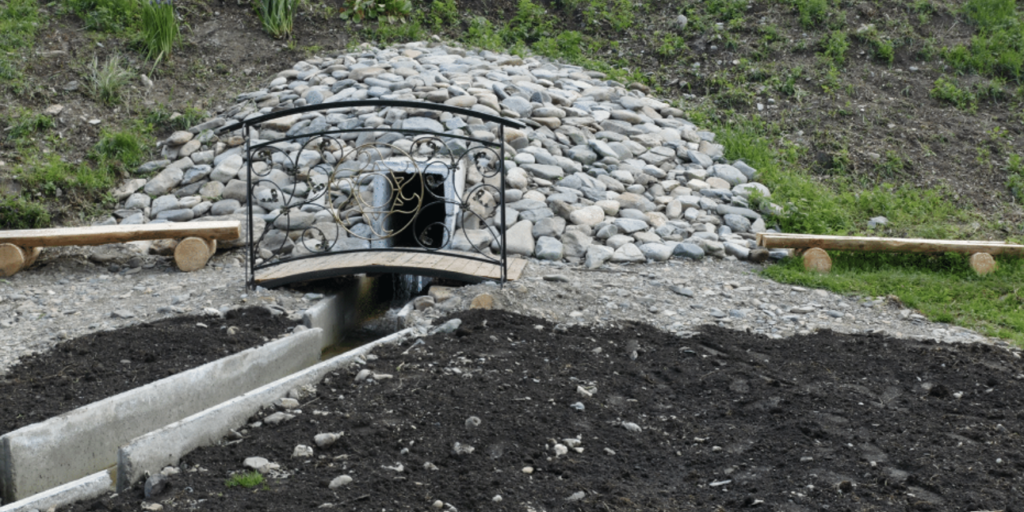Altai Republic, Russia
Since ancient times, the indigenous Altaians of Altai Republic have had special relationships with natural springs and they regard these and their sites as sacred. For these Indigenous Peoples, the concepts of “well-being and self-determination” are linked to their environment and to “Altaikudai” or ‘God of Altai.’
However, with the onset and impact of civilization, this connection of the people to their natural surroundings, particularly with their water sources had weakened. Furthermore, climate change has had vast and deep effects on the condition of water sources which the indigenous Altaians invariably depend on.
The semi-nomadic Altaian pastoralists inhabit the mountainous part of Russian Altai and they need good quality water both for themselves as herders and for their livestock as well. However not all villages have wells, thus residents fetch water from natural springs and other sources. Climate change has also led to loss of wetlands and siltation of rivers, disappearance or seasonal dryness of many springs. Never has the significance and necessity of natural springs in the daily Altaian culture been deemed more important than today, as they become scarce and demand for remaining water sources rises with the increasing livestock herds dependent on watering holes.
Particularly in the Karakol Valley, another crucial factor affecting natural springs is the ever-growing ethno-cultural tourism as these sites are major destinations in high demand for tourist pilgrimages. Along with this are the widening interest and appreciation of ecological knowledge of connections to nature and the Altaian tradition of sanctifying natural water sources. Ironically, this comes with a price as tourism has ushered practices that are antithetical to the Altaian culture. Parties being part of the tourism package entail boisterous picnics and alcohol consumption near the springs which violate traditional conduct of behaviour at these sacred sites.

The importance of renewing Altaian culture in relation to natural springs; the necessity to address problems caused by climate change in the light of uncontrolled livestock use; and the development and influence of modern ecological and spiritual knowledge borne by ethno-cultural tourism, were the main reasons to protect the existence of natural water springs. As conservation organizations that recognized the state of natural spring sites, the Association of Altai Republic Protected Areas (AARPA) and the Experiment Initiative Group (EIG) launched their project to improve and protect frequently visited springs from damage and spiritual pollution and strengthen traditional culture on water sources through infrastructure.
The belief that the spirits at natural springs are female and the execution of the project by male skills and labour were an expression of “mutual complementarity.” Mostly women and girls led the ceremonial rites that are required when improving natural springs and they likewise designed the sites. Local traditional cultural practitioners who are also protectors of these springs participated in the endeavour.
Work had actually begun in 2016 as part of the Traditional Markers project. The Ongudai spring was the most frequently visited by pilgrims, thus restaurants and retail businesses grew up around the site, resulting in heavy anthropogenic load of people’s trash and livestock waste. This site became the focal subject of a draft sketch layout for natural water springs. The community was surveyed and an agreement with the municipal government was forged to list the sites as monuments to be able to provide them with a protection status. Four other natural springs in Bichiktu Boom and Kurei were also identified as sites that do not freeze in winter, are polluted by livestock waste, and damaged by people’s vehicles, thus the swampy conditions. Materials for the infrastructure were acquired such as benches, fences, tables, signage, etc. to improve the spring sites as well as protect these from free-ranging livestock and vehicles. Information signage was posted and traditional elements such as ritual ribbons and fire pits for offerings were installed to educate visitors on the site’s cultural significance. A reminder on proper behaviour expected from visitors was also visible. The site now has a mesh wire fencing with an iron gate, benches, and a traditional and sacred hitching post. Gravel and soil were added to address the site’s swampy conditions. This landscape was replicated in other similar natural spring sites.
It was learned that a rivulet from the spring travels quite far and to guide the flow of water from the spring to the nearby river, the path had to be rid of clay and dirt. Finally, small overpasses were installed to limit further damage to the stream.

Overall, the project established working relationships with local leaders that eventually led to partnerships that developed and enhanced pilgrimage tourism. The undertaking was a great opportunity for teaching and integrating traditional knowledge in the modern era that involved people from many parts of the world.
Protecting natural springs from pollution and adhering to traditional improvements was a way to express Altaian self-identification and revitalizing traditional knowledge. The project was in itself a revival of the practice of using natural springs as sources of traditional knowledge while integrating modern and traditional ways of learning the ethno-cultural landscape design and the cultural purpose they serve.

Today, the most visited place is the spring in Ongudai because of local residents in search of healing spring water, as well as children who play and learn about the spring. Community elders have only good things to say as work continues with the planting of trees, flowers, and grass; and seasonal maintenance. The local administration and children’s art center are looking into more re-greening efforts and there has been a new wave of conscious conservation of their overall surroundings.
The full completion of the project was a significant “offering” to the Spirit of Altai which the locals regard as a human good deed.
(The project Kara Suu (“blackwater”) was implemented by the Experiment Initiative Group in Altai Republic in Russia in 2021 with a partnership from PAWANKA Fund.)

